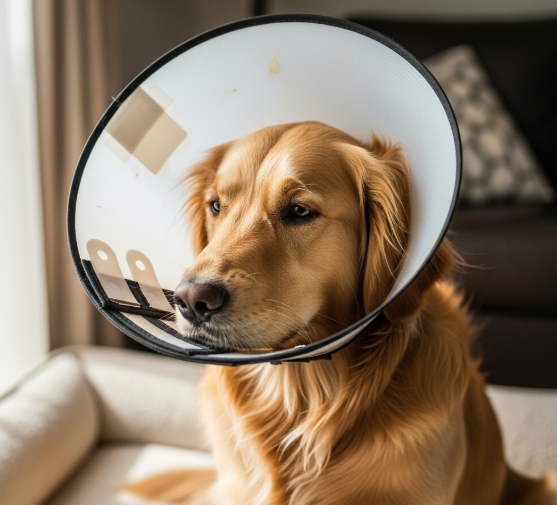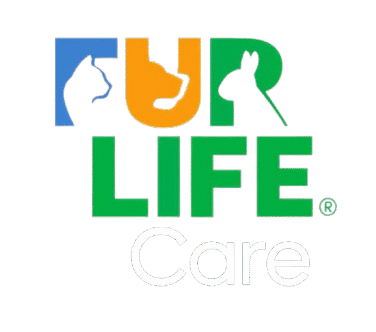Elizabethan collars are there to protect them and help them heal safely.

Thanks to a popular Pixar movie, many of us know the Elizabethan collar by its nickname—the dreaded “cone of shame.” While it might sound funny, this cone isn’t about punishment. In reality, it plays a crucial role in your dog’s recovery by preventing them from licking or chewing on wounds or stitches, which can delay healing or cause infections.
Although necessary, the cone can be uncomfortable for dogs, making playtime tricky and even interfering with eating and drinking. If you’re concerned, talk to your veterinarian about possible alternatives that still protect your dog but may be less restrictive, like inflatable or doughnut-style collars.
What Is an Elizabethan Collar (E-Collar) for Dogs?
E-collars, or cones, are protective devices placed around a dog’s neck after surgery or injury. They stop dogs from irritating wounds or stitches by licking or chewing. This behavior, while natural, can cause wounds to reopen or become infected, delaying recovery. In severe cases, dogs may even injure themselves further.
While the hard plastic cone is often the most effective way to protect your dog, it can cause anxiety and inconvenience. It’s important to make sure the collar fits properly and doesn’t cause skin irritation around the neck.
How to Help Your Dog Adjust to the Cone
Preparing your dog for wearing a cone can make the experience easier for both of you:
- Introduce the cone early: Let your dog sniff and explore the collar before putting it on.
- Practice sessions: Put the cone on for short periods and reward your dog with treats to create positive associations.
- Distractions: Offer toys or puzzles to keep your dog’s mind off the cone.
- Create a safe space: Remove obstacles and fragile items to prevent accidents, as your dog’s vision will be limited.
Cone of Shame Alternatives
If the traditional cone seems too harsh, several alternatives may work depending on your dog’s needs and injury:
- Inflatable collars: These soft, doughnut-shaped collars are more comfortable and allow better visibility and easier eating and drinking. However, some dogs may still find ways to reach their wounds.
- Inflatable cones: A softer version of the hard plastic cone, easier on your furniture and less bulky, but with similar limitations.
- Protective clothing: T-shirts or socks can cover wounds and prevent licking, but they may shift around, irritate the skin, or trap moisture, which can lead to other issues. Also, some dogs might chew or swallow parts of the clothing, posing a health risk.
Additional Considerations
Some pets manage to remove their cones, and others struggle with eating, drinking, and playing while wearing them. Alternatives like visors, muzzles, or neck restraints combined with medication might be options in certain cases, but they typically don’t provide the same level of protection.
Final Thoughts
When it comes to protecting your dog during recovery, the hard plastic cone remains the most reliable option. However, every dog is different, and working closely with your veterinarian can help you find the best solution that balances protection and comfort.
Remember, the short-term inconvenience of the cone is often far better than prolonged healing, the risk of complications, or additional surgeries. If you decide on a cone, invest some time helping your dog adjust to make the recovery process as smooth as possible for both of you.
